17 Best Shopify CRO Tools for higher revenue
User expectations are growing every day, and competition on Shopify is becoming tougher. High conversion rates require strong UX/UI, but what if your budget is limited, and you can't afford a team of designers?
Yet, Shopify CRO tools can help you improve user experience and sales without spending a fortune.
To make your choice easier, we asked our experts and selected 17 Best Shopify CRO tools to increase conversion and improve UX/UI.
First things first, or what is CRO in Shopify?
Before diving into Shopify conversion rate optimization tips, let’s cover the basics.
Definition:
CRO (conversion rate optimization) is the process of improving an online store so that more visitors take the desired action: buy, click on the link, leave their contact details, etc. Simply put, it's all about turning website observers into active users.
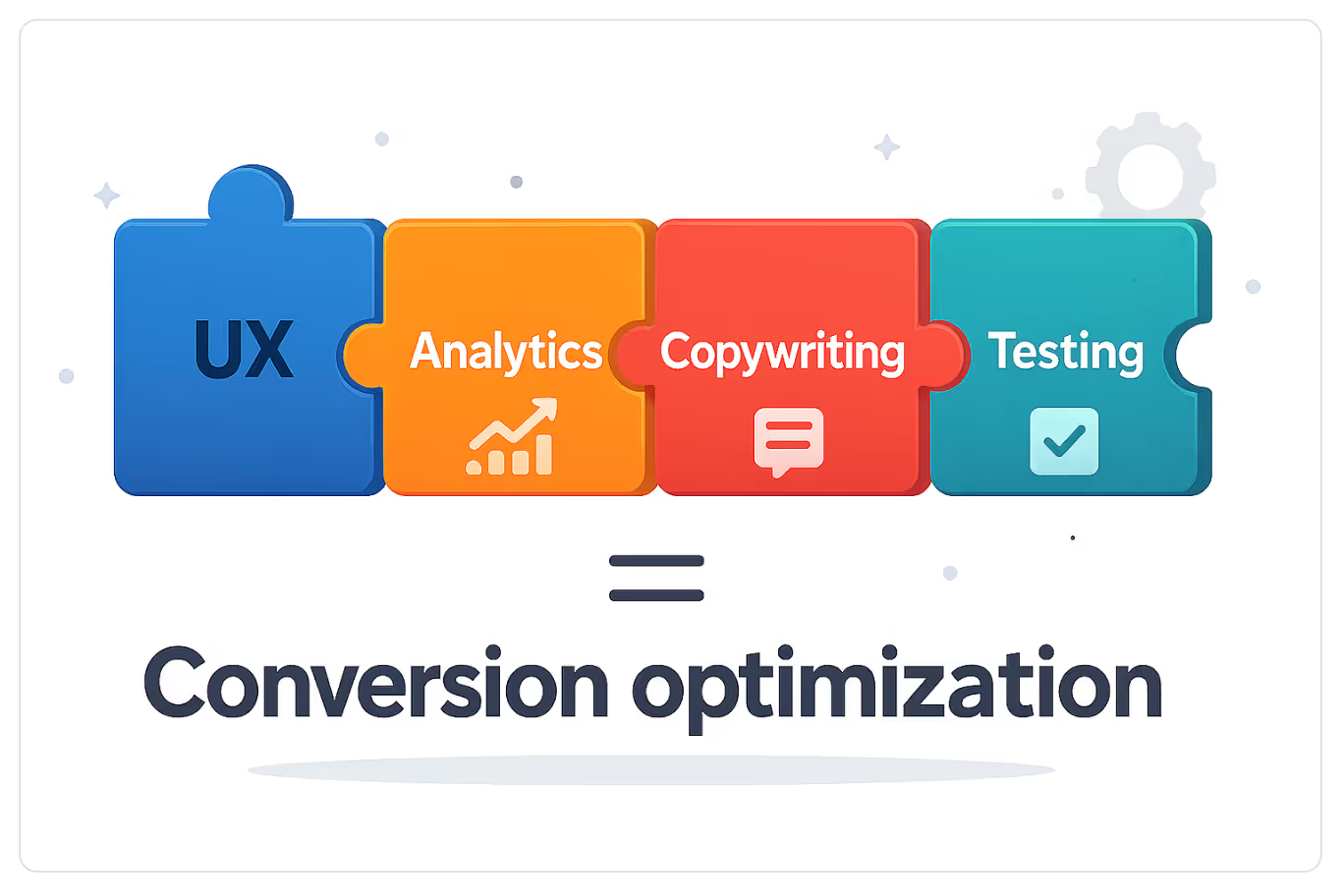
When is it needed?
- Your e-store already has stable traffic, but conversions are low?
- Many visitors come in, but only a few make a purchase?
- Are there issues on product pages or during checkout: high bounce rates and abandoned carts?
If you answered yes to any of these, your store is likely losing money, and CRO is the tool to help you fix it.
Why is it needed?
Thanks to CRO, you can:
- Optimize key pages — from product cards to checkout;
- Convert stable traffic into real sales, not just visits;
- Increase profits without additional advertising costs.
In other words, CRO for Shopify is an investment that directly impacts business growth: every additional percentage point means more revenue for the business owner.
Why is Shopify conversion rate optimization important?
Since Shopify offers ready-made templates, but it doesn’t automatically mean high conversions. Many stores face:
- Lack of personalization;
- Weak CTAs and complicated layouts;
- Poor mobile optimization;
- Lengthy user flows.
We shouldn’t underestimate the importance of small details: button color, element placement, tone of voice, etc. As proven by the Turum-burum experience, even a change of button position can increase microconversion of transition from product page to shopping cart by 85.6%.
In other words, Shopify conversion rate optimization is a way to earn more from existing website visitors by taking data-based decisions. And this is where Shopify optimization tools step in.
Shopify CRO tools: UX/UI analytics and testing stages
Imagine you are in Paris and want to get to the Eiffel Tower using Google Maps. What is your initial step? Firstly, you have to identify your current location.
The same applies to Shopify conversion rate optimization — if you want to boost website conversions, you need to understand your starting point. This includes current Shopify store metrics, user behavior patterns, UX/UI barriers faced by the customers, etc.
Luckily, you don’t have to trace it all manually and can apply Shopify CRO tools for website analytics and testing. Below, you will find the best apps to help you understand your users and optimize the store effectively:
1. Heat maps and session recordings for Shopify UX analytics
These tools visualize how users interact with your website, displaying clicks, scrolling behavior patterns, and mouse movement.
Hotjar
The tool generates heatmaps and session recordings to highlight where users click, scroll, or get stuck, allowing you to:
- Prioritize design elements on the page;
- Identify buttons or links that are often overlooked;
- Track non-standard user behavior and understand what happens on the page in real conditions.
By analyzing these insights, you can make data-driven UX/UI decisions that improve user engagement and conversions. For example, see how Turum-burum increased website conversions by 18% and reduced the bounce rate by 32% using heatmaps, as detailed in our article.

Microsoft Clarity
That’s a free Shopify CRO tool for recording user sessions and generating heatmaps to reveal how visitors interact with your Shopify store. It helps you:
- Understand which sections of your pages attract the most attention;
- Identify parts of the site where users get confused or drop off;
- Track scrolling behavior and clicks to spot usability issues in real conditions.
Thus, during the Shiny & Diski website UX audit, our team utilized Microsoft Clarity heat, scroll, and click maps to identify interface issues and illuminate them. As a result, after the UX/UI redesign, we increased the website’s CRO by 12.5%, with notable boosts across devices — 16% for mobile and 7% for desktop.
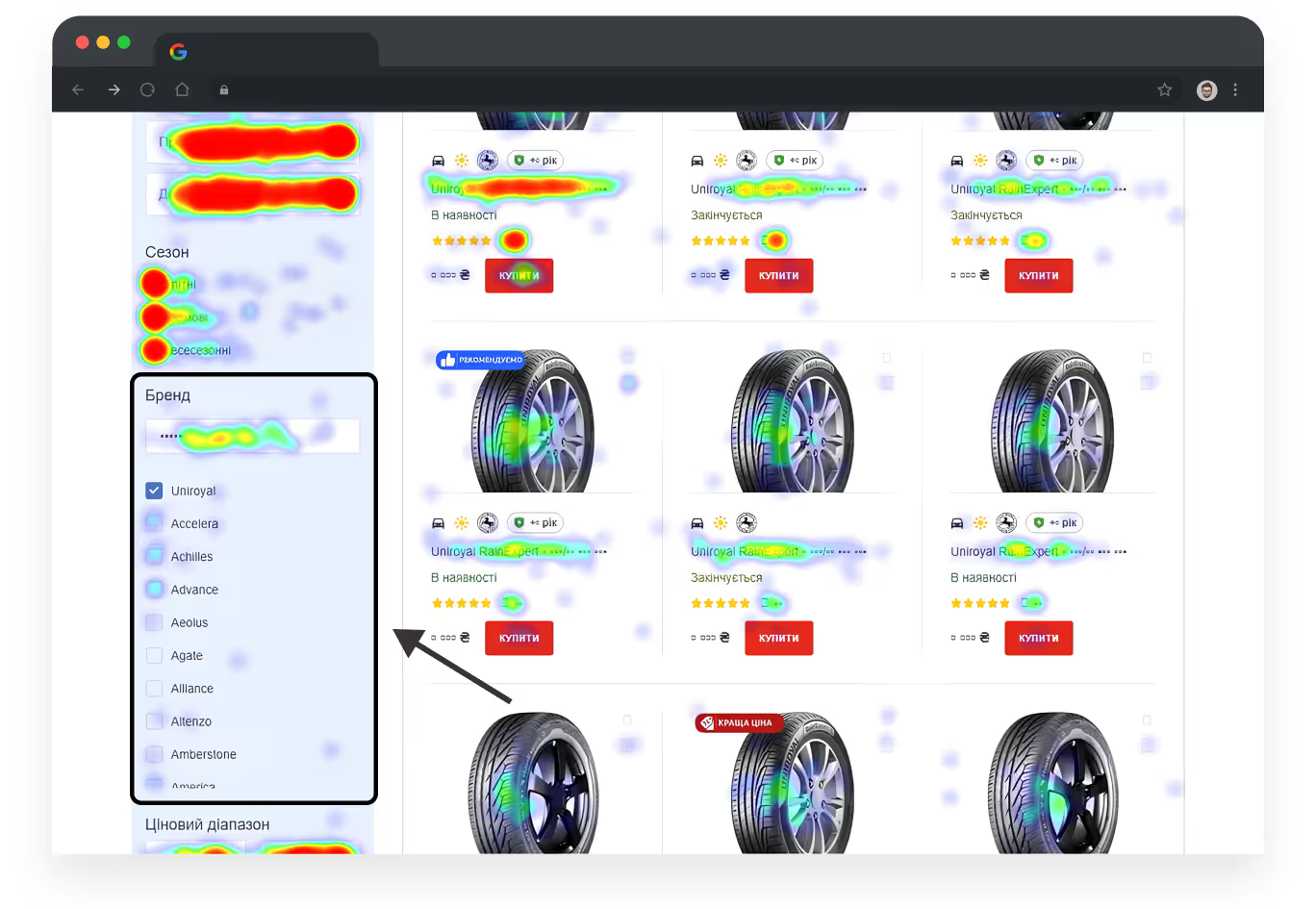
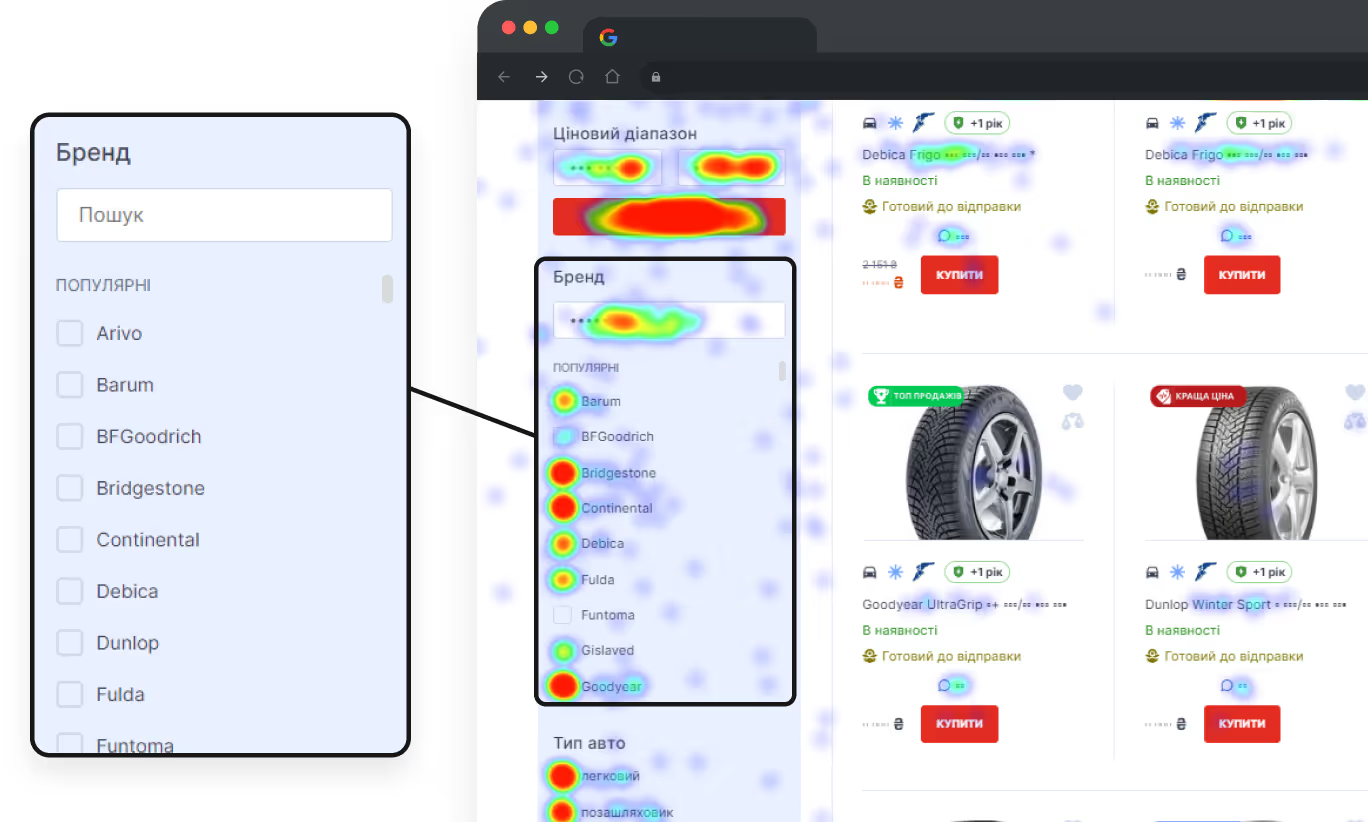
2. A/B testing Shopify apps
Your trip to Paris is over, and now you try to bake that perfect French croissant… and fail. What if you add more butter, or maybe less flour?
Fortunately, Shopify A/B testing tools let you avoid guessing and wasting effort. Instead of relying on trial and error, you can see exactly what improves UX and boosts conversions, without “spoiling” your site’s performance.
Optimizely
Optimizely is a comprehensive platform for A/B and multivariate website elements and page testing. It allows you to check which button, banner, or block option converts better.
Pros:
- Enables testing of entire pages and separate elements;
- Suitable for large-scale Shopify stores with high traffic.
Cons:
- High cost compared to simpler solutions.
Neat A/B Testing
Neat A/B Testing is a simple and convenient tool for testing specific Shopify elements: buttons, headings, and blocks.
Pros:
- Created for Shopify — easy to test buttons, headlines, and blocks;
- Well-suited for small stores without a team of analysts.
Cons:
- Restricted features compared to complex platforms.
To learn more about A/B testing and its impact on website conversion, you can learn from our case study.
{{block}}
Shopify CRO app solutions for seamless customer experience
Once you understand how your business is performing and how people interact with it, the next step is to utilize Shopify CRO tools to improve customer experience and boost sales via UX/UI design.
1. Cross-Sell & Up-Sell
Cross-selling and up-selling contribute to 10-30% of eCommerce revenues, allowing you to increase the average check without incurring additional advertising costs. The customer is willing to buy, and you need to encourage them to do so.
Useful Shopify conversion rate optimization tools:
Bold Upsell
One of the most popular Shopify apps for creating upsells and cross-sells, allowing you to display personalized offers directly on the product page, in the shopping cart, or even at checkout.
Pros:
- Wide range of options for customization;
- Conditional logic (if/then) that allows you to make very accurate offers.
Cons:
- May be complex to set up for beginners;
- In some cases, slows down the website loading time.
ReConvert Upsell & Cross Sell
Shopify CRO tool for post-purchase upsells. Offers appear on the ‘Thank you’ page. This is a great opportunity to bring the customer back to the shopping cart and encourage repeat purchases while they are still ‘warm’.
Pros:
- Effectively increases customer lifetime value (LTV);
- Very easy to use, offers ready-made templates.
Cons:
- Not suitable for upsells during the purchase process (for example, when adding a product to the shopping cart).
LimeSpot
AI platform that analyzes user behavior and selects products for upsells and cross-sells in real time. Offers can be placed on any page, from the home page to the product page.
Pros:
- Strong personalization thanks to built-in machine learning;
- Increases the relevance of recommendations, reduces “banner blindness.”
Cons:
- Requires time for proper setup and integration;
- The price may be high for small stores.
Examples of cross-sale and up-sell blocks developed by Turum-burum designers:
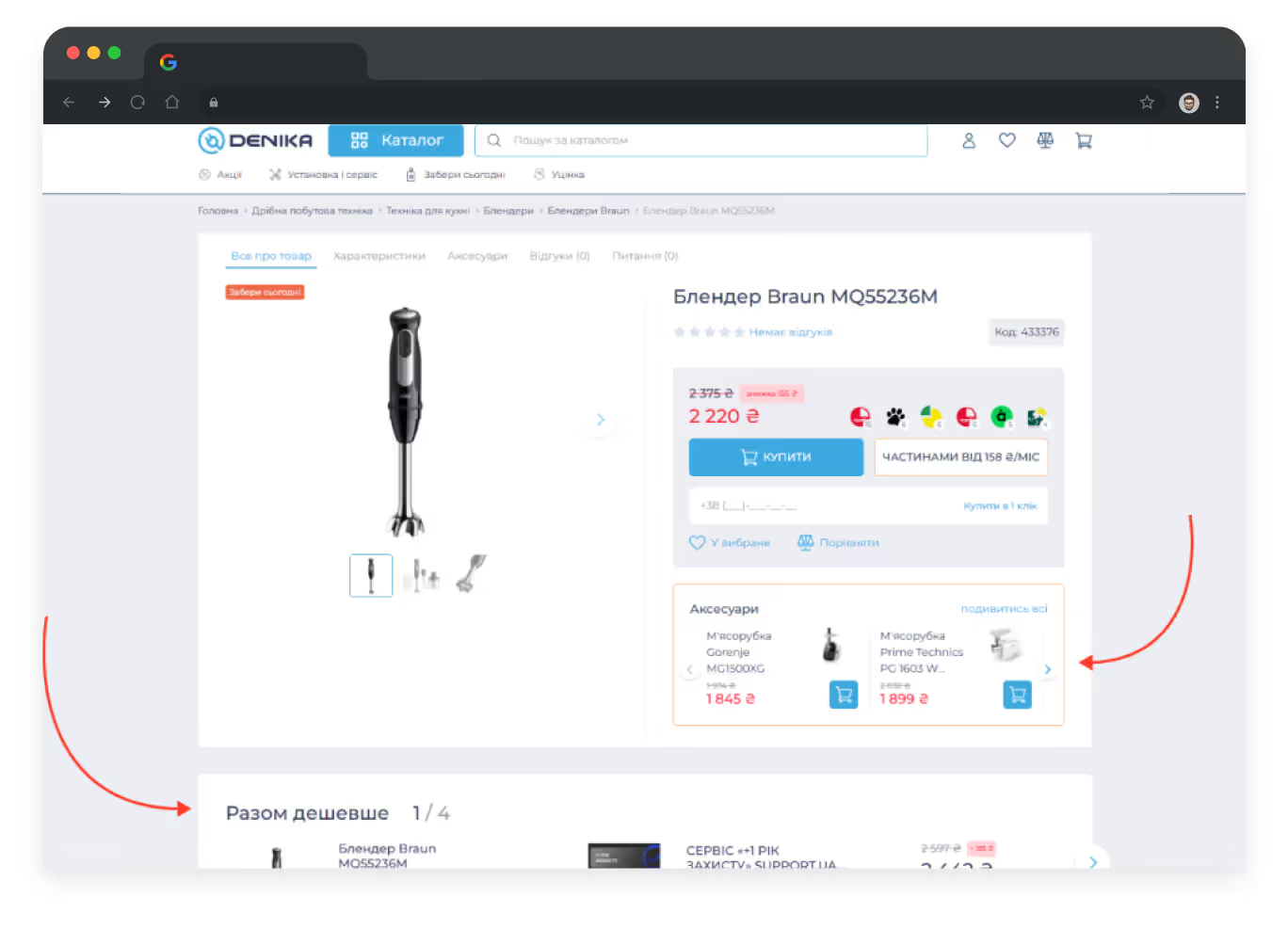
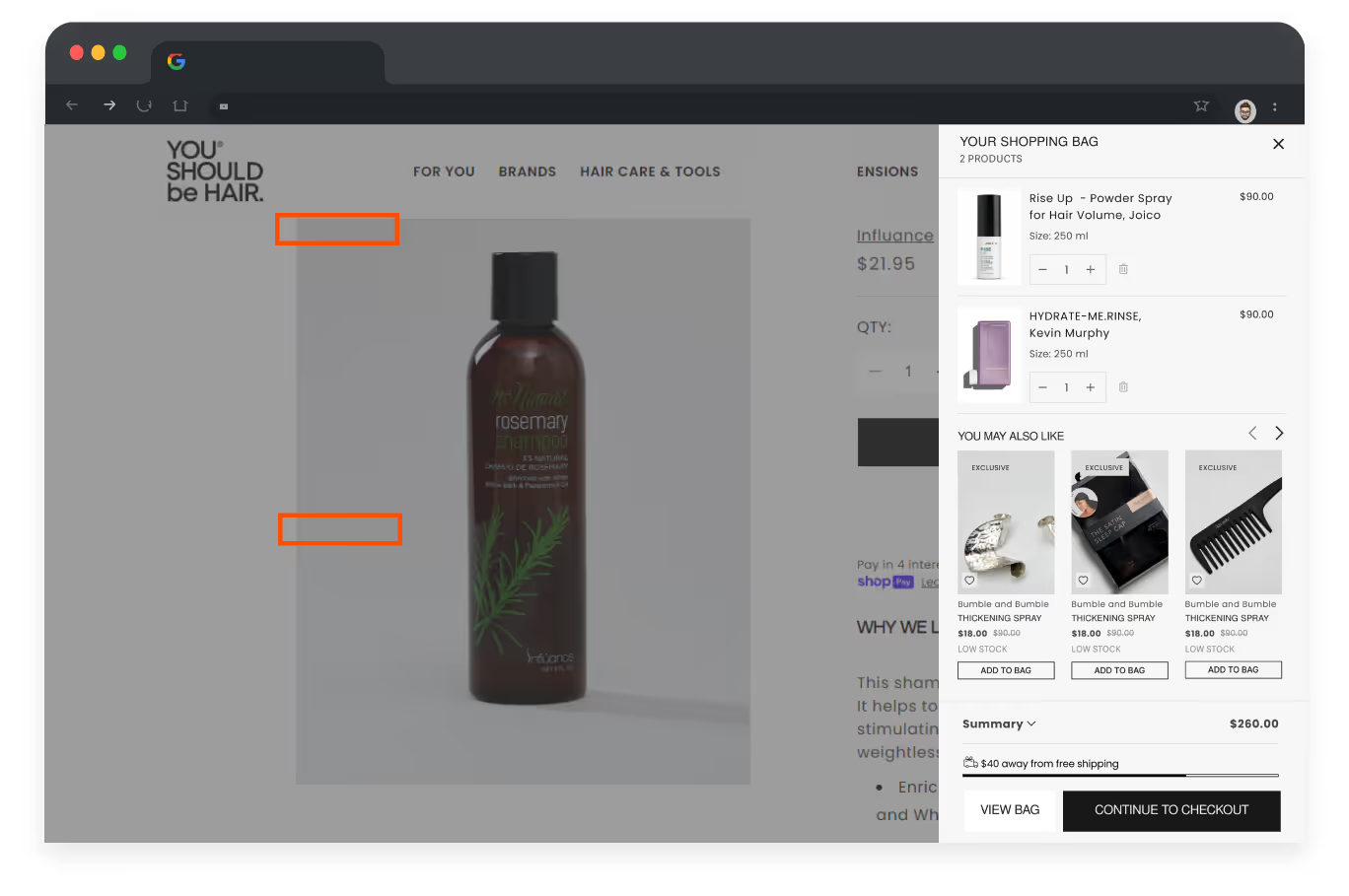
2. Personalization & Recommendations
More than 90% of consumers are more likely to shop with brands that recognize, remember, and provide relevant offers and recommendations, which increases a Shopify store’s conversion and average check.
The best Shopify CRO tools for content personalization:
Nosto
A platform that analyzes user behavior, browsing history, and purchases to offer products that are more likely to be bought.
Pros:
- Offers strong personalized experience;
- Time-saving.
Cons:
- Expensive for small businesses;
- Time-consuming setup.
A Frequently Bought Together
This application automatically offers additional items that are most often purchased together with the chosen product. In fact, it replicates the logic of Amazon-style recommendations: a bag goes with a dress, and a mouse with a laptop.
Pros:
- Features an intuitive interface and easy-to-grasp logic;
- Increases the average check without complex settings.
Cons:
- Less flexible and doesn’t consider individual preferences.
Wiser
Dynamic widgets with recommendations based on user behavior. You can display products on product pages, shopping cart pages, and the home page.
Pros:
- Easy integration with Shopify, quick start of work;
- Easy recommendation settings.
Cons:
- Widget design is limited and may not fit the style of your store.
Examples of personalized blocks developed by Turum-burum designers:


3. Urgency & Scarcity
People buy faster when they fear losing a product or a discount. Timers, limited stock, and “today only” offers create FOMO (fear of missing out) and encourage immediate decisions. For store owners, this is a direct way to increase sales without additional traffic.
Useful Shopify CRO tools:
Hurrify
Adds countdown timers for promotions and special offers. Can be displayed on product pages, in the shopping cart, or on the home page.
Pros:
- A simple and effective way to encourage purchases.
- Flexible timer settings.
Cons:
- It might seem annoying to customers if overused.
Stock Countdown Timer
Displays to the customer the number of items left in stock. Works well for limited collections and popular products.
Pros:
- Easy to use and does not require complex settings.
- Works well for seasonal promotions or sales.
Cons:
- If used frequently, may reduce customer trust.
- Not always suitable for premium products.
Example of a possible Urgency block implementation:
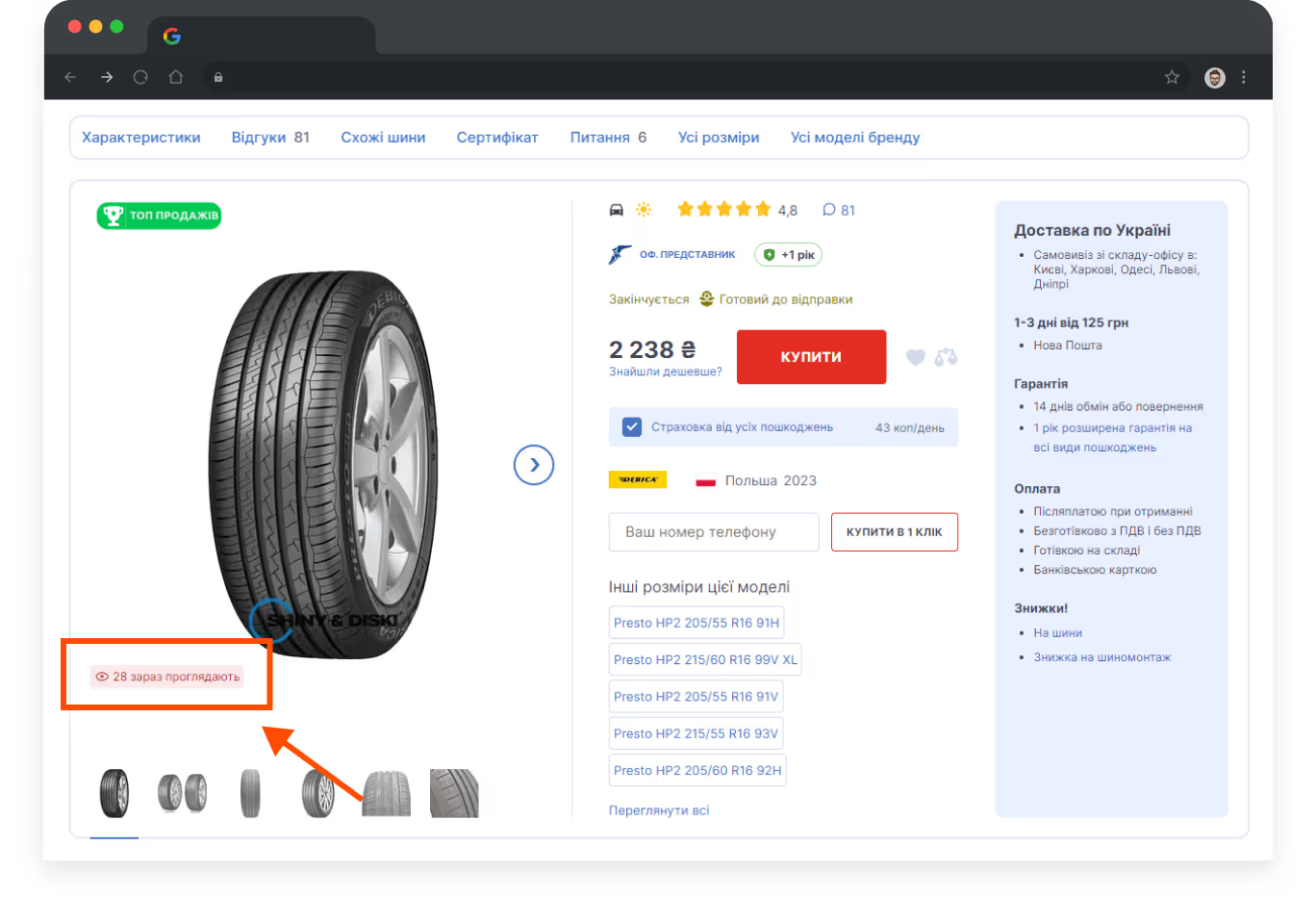
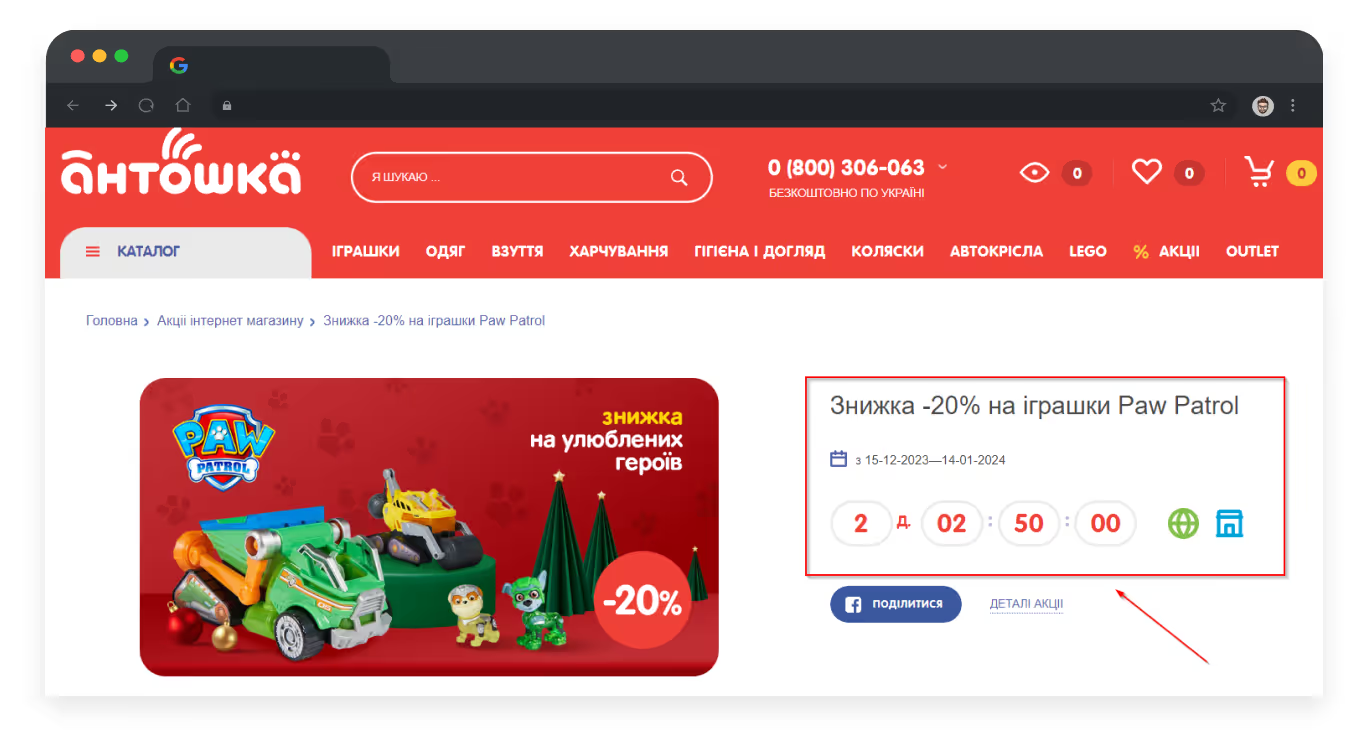
{{block}}
4. Social Proof & Reviews
Reviews, ratings, and social proof lower the barrier to purchase, increase trust, and enhance conversion rates. Thus, customer reviews improve online shopping and can increase purchases by 67%. For store owners, this means more completed orders and fewer abandoned shopping carts.
Top Shopify conversion rate optimization tools:
Loox
Collects and displays photo reviews from buyers. Customers see actual product photos, which increases trust and encourages them to make purchases.
Pros:
- Easy integration with Shopify, widget design can be adapted to the store's style;
- Visual reviews with photos create a powerful effect, improving the user experience and reducing pre-purchase doubts.
Cons:
- Advanced features are only available in paid plans;
- Without additional manual verification, fake or unsuccessful reviews may slip through.
Judge.me
Enables quick collection of both text and photo/video reviews, integrates with email newsletters and social networks. This strengthens trust in the brand and positively affects conversion without unnecessary costs.
Pros:
- Great price-to-value ratio (free plan is available);
- Automatically sends customers requests to leave feedback after purchase.
Cons:
- The interface looks less modern compared to competitors;
- Widget settings are not always intuitive — it may take some time to get used to them.
Examples of social proof blocks developed by Turum-burum designers:
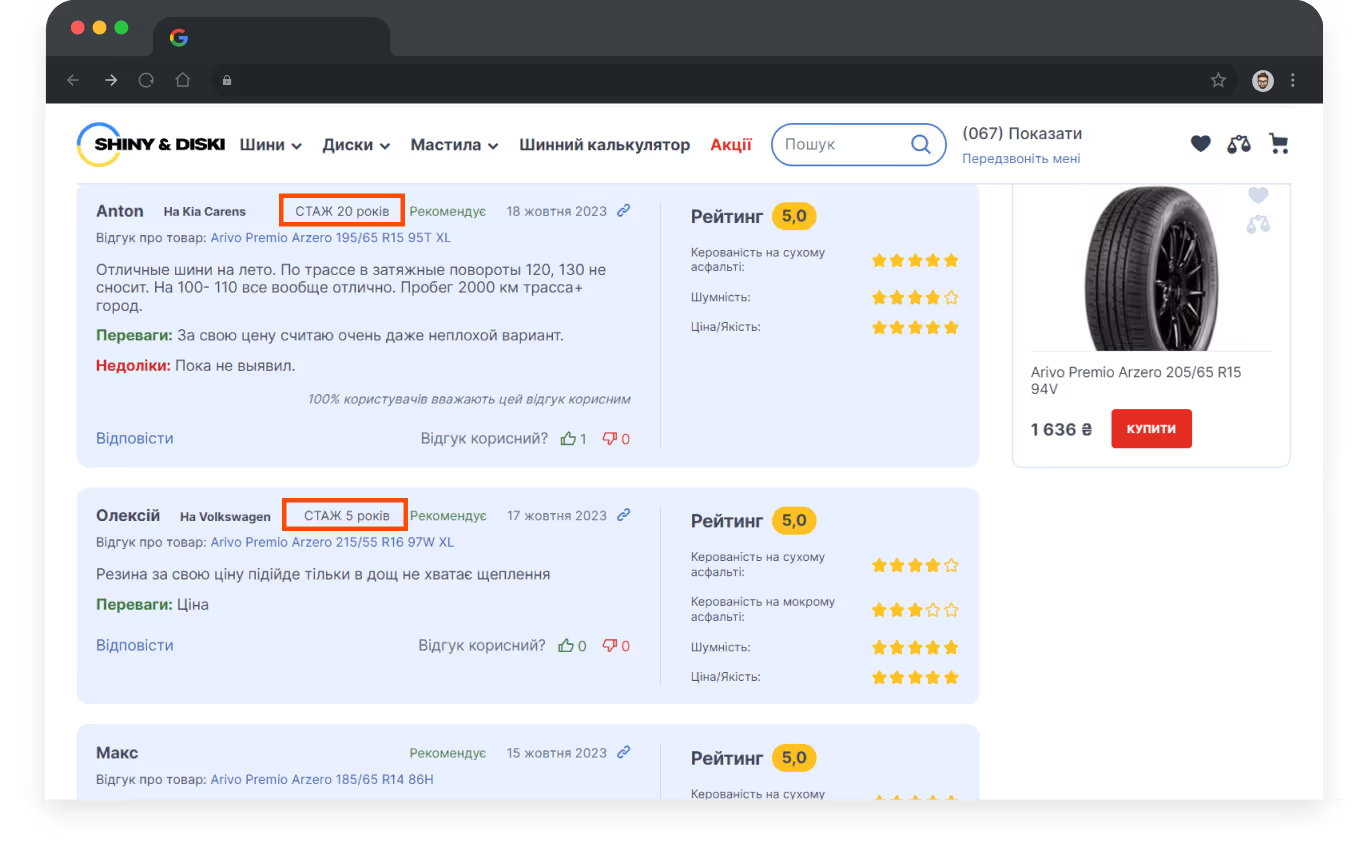
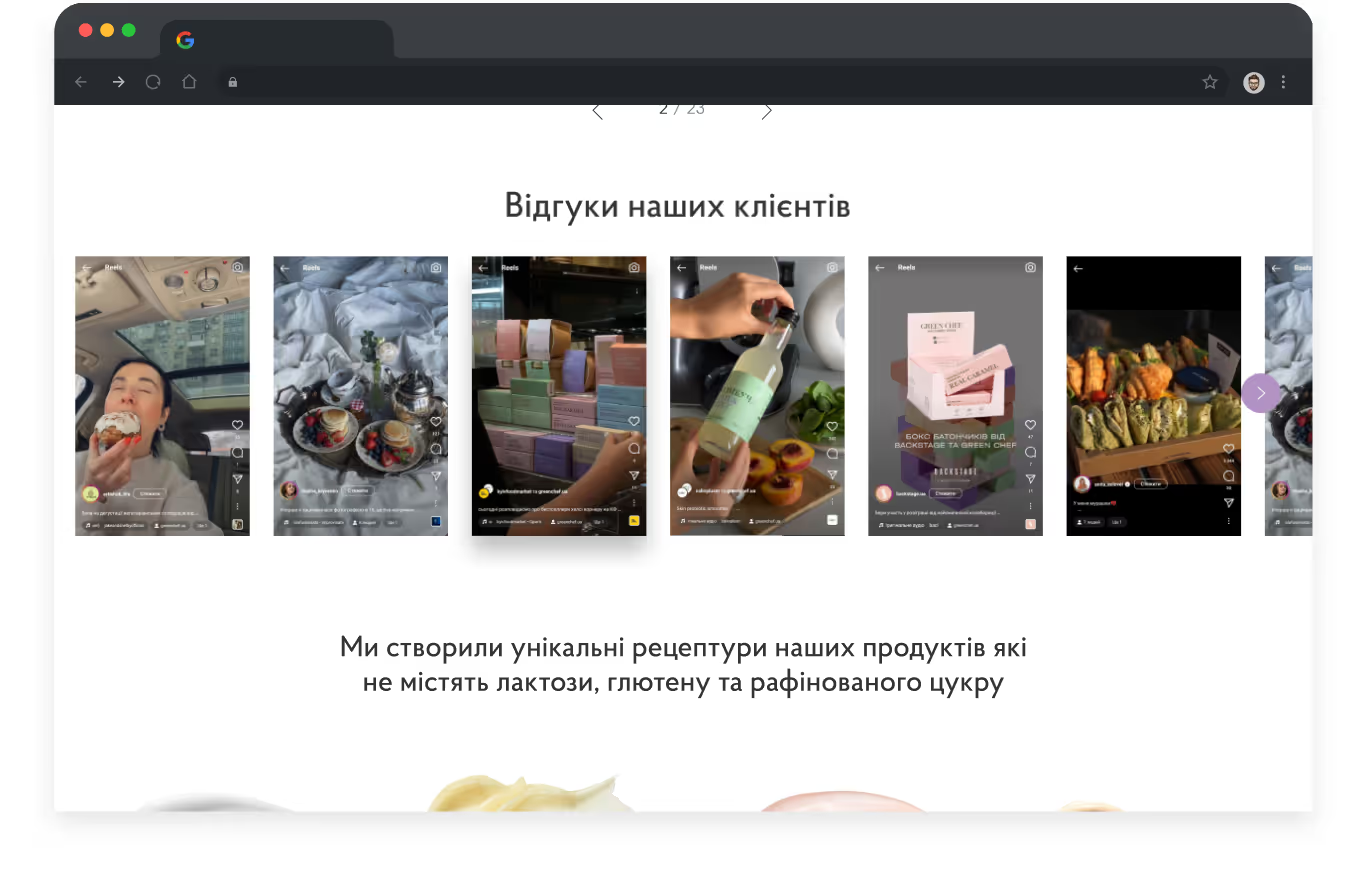
5. Cart & Checkout Optimization
Based on our experience, the average cart abandonment rate is approximately 70%. Since every additional click or barrier can scare away a customer, shopping cart and checkout optimization reduces abandoned carts and increases conversion, which directly impacts store profits.
Useful Shopify CRO apps:
Skip Cart
An easy-to-use Shopify app that allows shoppers to skip the cart and go straight to the checkout page. This reduces the number of clicks, speeds up the purchasing process, and is especially useful for mobile users.
Pros:
- Simplifies the user's path to purchase as much as possible;
- Great option for stores with impulse-buy items.
Cons:
- No opportunity for additional upsells and cross-sells in the shopping cart;
Checkout X
Extended Shopify checkout with upsells, cross-sells, and UX form field customization. Suitable for stores that want to optimize the user's path to purchase.
Pros:
- Flexible checkout design settings.
Cons:
- The free plan only offers basic features.
- In some cases, requires additional integration with payment services.
Bolt Checkout
A third-party app that makes Shopify checkout easy and safe. It has fewer steps, saves customer information for recurring orders, and allows payments with Apple Pay, Google Pay, PayPal, and other options. Bolt also ensures that your business is safe and protected from fraud, thereby reducing the associated risks.
Pros:
- One-page checkout for simple purchasing;
- Enhances conversion by saving data for repeat purchases;
- Support for multiple payment methods.
Cons:
- Not all countries and payment methods are supported;
- Technical assistance may be required for full integration.
Examples of efficient checkout and shopping cart UX/UI design:
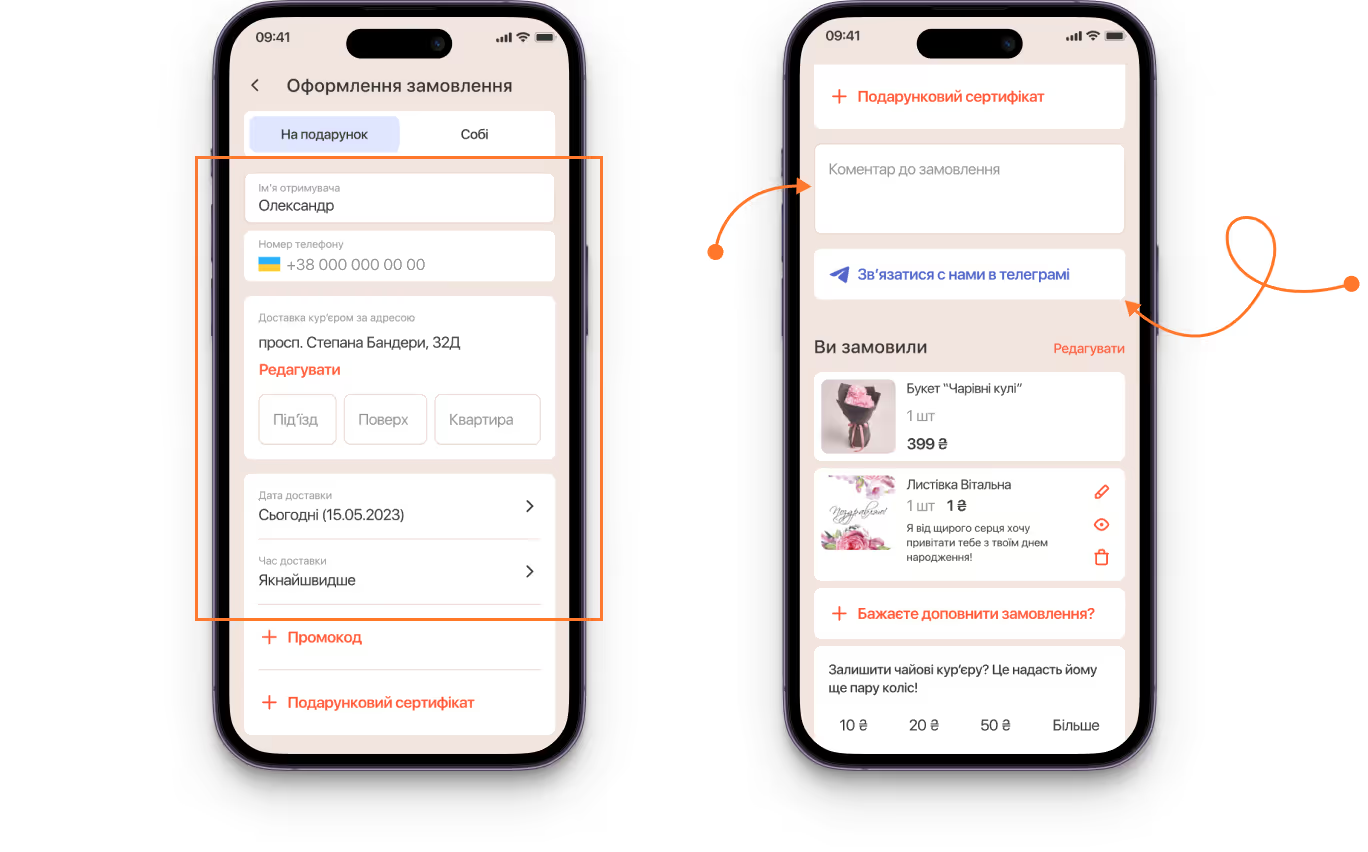
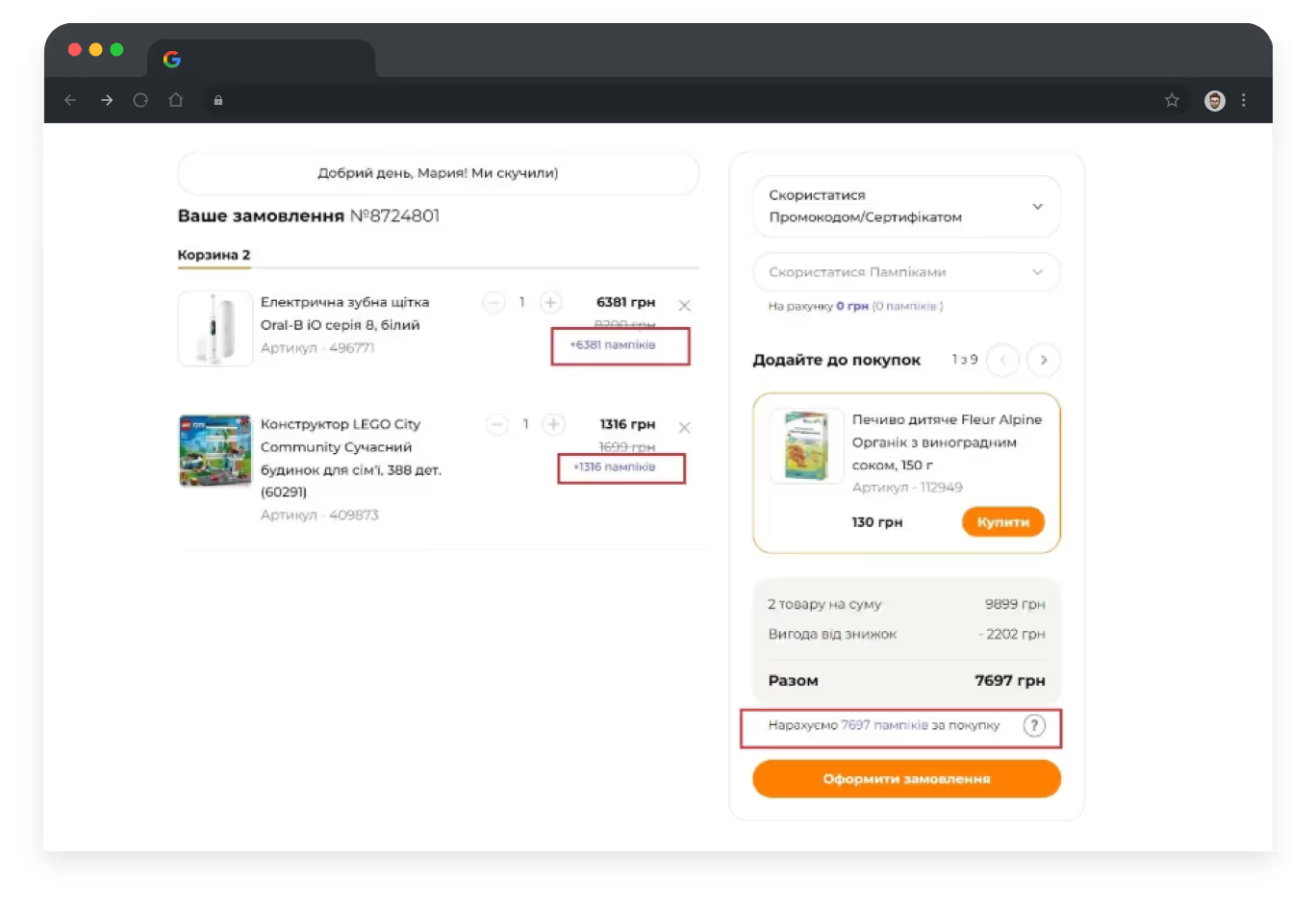
Shopify conversion rate optimization tips: from quick wins to long-term growth
Shopify CRO tools can really help you quickly boost conversion rates, from heat maps and A/B testing for the analytical stage to apps for upsells, reviews, or personalization. It is especially useful for small stores or as a temporary solution — to understand the basic issues and see initial results.
However, our 16-year experience shows that ready-made apps typically do not take into account business, niche, and audience specifics, and therefore do not allow for reaching full potential.
Therefore, if you prioritize systematic growth over situational improvements, you need a customized approach: deep user behavior analysis of your Shopify store, a UX/UI audit, and data-driven UX/UI solutions to reach specific business goals. And that’s exactly what we offer!
Contact us to receive a personalized conversion optimization strategy to meet your business needs and goals.
FAQ
How to do Shopify CRO?
Start by analyzing user behavior (heat maps, session recordings, and form analytics), identifying weak UX/UI areas, and working out an interface improvement strategy. Only then should you test the chosen changes and implement the best ones in life to increase conversion.
What are CRO tools?
These are applications and software that help analyze user behavior, evaluate the effectiveness of pages and store elements, and implement changes to increase conversion.
How to improve CRO Shopify?
Shopify conversion rate optimization tips:
- Optimize UX/UI (simplify navigation, improve product and shopping cart pages).
- Use heat maps, A/B testing, and analytics tools.
- Add personalization, social proof, time, or quantity limits.
- Analyze results and continuously adapt changes to your audience.
What is CRO in ecommerce?
That’s a systematic improvement of your store's UX/UI to encourage visitors to take the desired actions, such as making a purchase, leaving their contact details, or subscribing.
Question reference
Answer reference

More real-world Turum-burum cases?
Review our vast portfolio of cases in a variety of business fields to make sure of our expertise.
Go to Portfolio







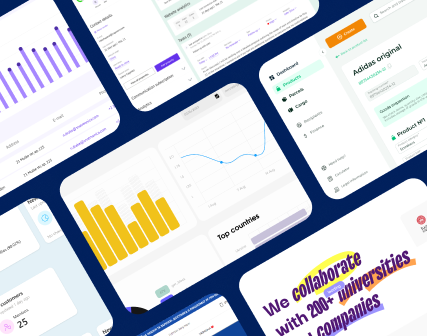


.png)

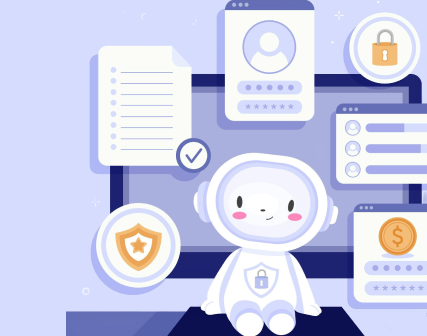

.png)



